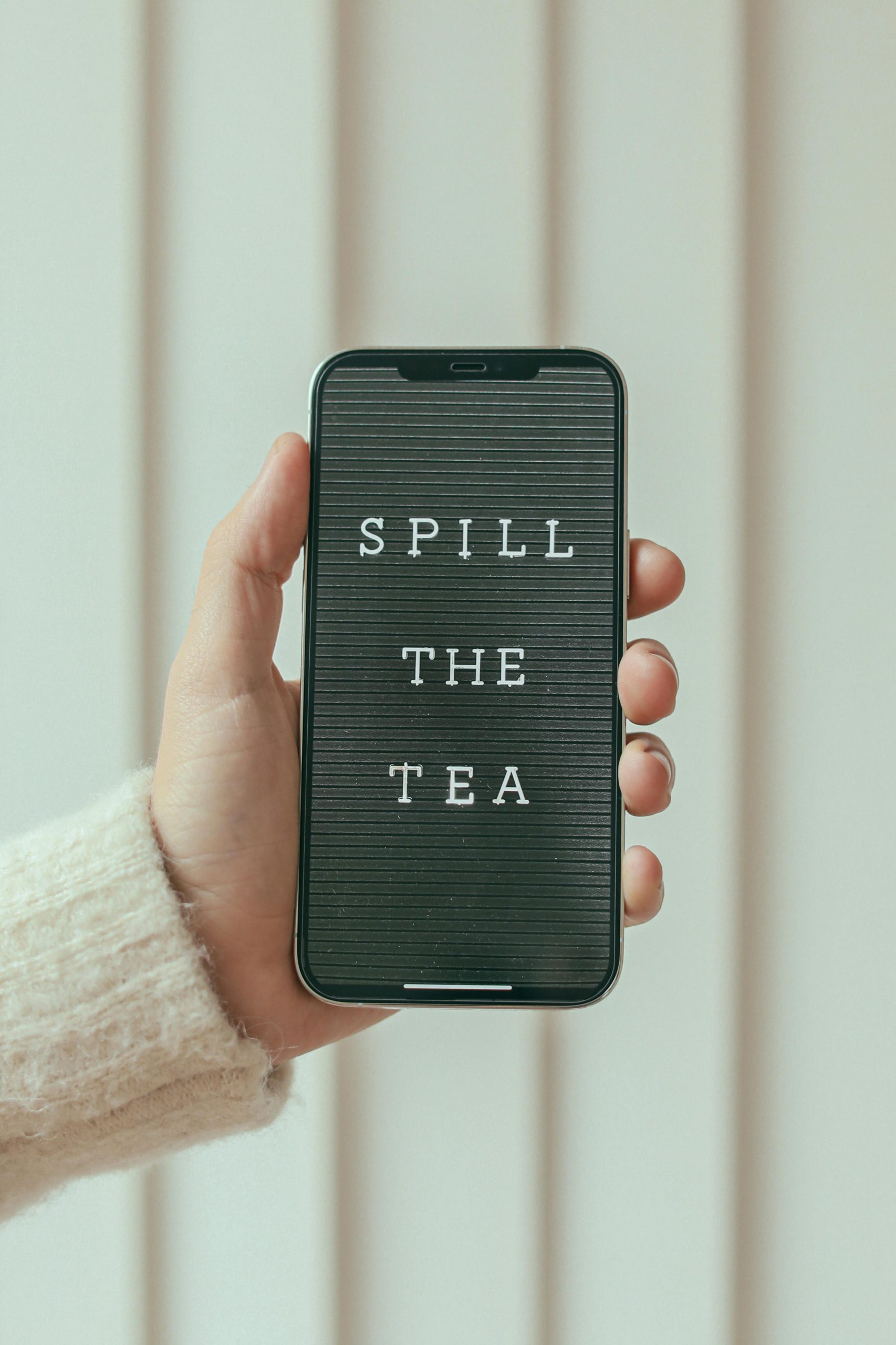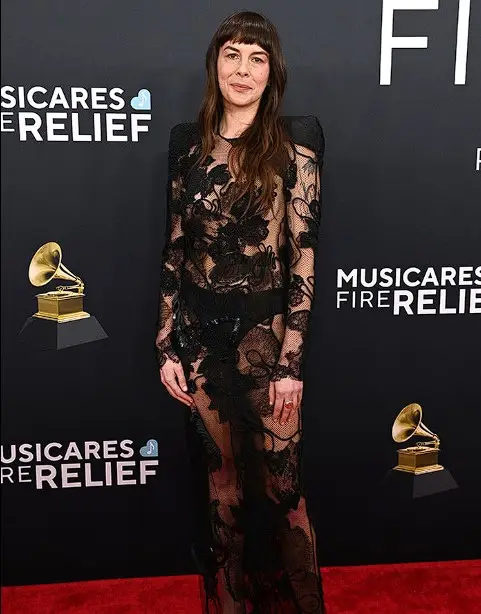Welcome to The Gossip Granny Gazette: A Karen’s Take on Today’s Train Wreck
Well, hello there, darlings! Grab your mug—mine is filled with a quadruple-shot, extra-hot latte that I did not have to wait in line for, thank you very much—and settle in. November is usually a time for gratitude, thick sweaters, and the subtle, satisfying terror of planning a menu for relatives you secretly despise. But this year? This year, November 2025 has simply gone off the rails.
I swear, every time I scroll past the latest headlines, I have to check my blood pressure. It’s a glittering, confusing mess of political reality shows, AI taking over the world, and celebrities who are somehow both utterly destitute and flying private jets to climate conferences. Honestly, the collective lack of common sense on display is almost breathtaking. It’s like the entire world decided to participate in a competition for “Most Ridiculous Human Being,” and we are all losing.
Here at the Gossip Granny Gazette, we don’t just consume the chaos; we dissect it, we judge it, and we lovingly roast it until it’s perfectly crisp. Because someone needs to maintain standards, and if it’s not the journalists, the politicians, or the influencers, then I, your suburban queen of receipts and Mother Teresa of Mild Annoyances, will step up.
Today, we are diving deep into the hypocrisy of Hollywood’s downfall, the insanity of political theater, and the technology that is single-handedly ruining the simple pleasures of being human.
Chapter I: The High Cost of Celebrity Failure
From Mega-Mansion to Airbnb: The Spacey Saga
Now, I’m not one to revel in another person’s misfortune, but when a multi-millionaire actor claims he’s “literally homeless” while hopping between Airbnbs and hotels, you have to appreciate the irony. I’m talking, of course, about the astonishing financial spiral of two-time Oscar winner, Kevin Spacey.
The headlines are full of shock and sympathy: Kevin Spacey admits he’s homeless after sexual assault scandal that saw him canceled, with his Baltimore home auctioned off to cover astronomical legal costs. Darlings, this man had an estimated net worth that, at one point, was touching $100 million. We’re talking about a man who reportedly commanded $20 million per season for his Netflix series. To hear him speak of living out of a suitcase is a stark, almost theatrical fall from grace.
But here is my cynical, coffee-fueled take: this is not about tragedy; it’s about the sheer magnitude of celebrity over-leverage.
When I look at this story, I don’t see a homeless man; I see a man who lost his entire $70 million empire virtually overnight because he lived at a scale that left him no safety net for a crisis. It’s a perfect, painful metaphor for the absurdity of Hollywood wealth. Normal people don’t lose $70 million; we lose our emergency savings when the water heater breaks. The idea of a $31 million arbitration payout for breach of contract, as detailed by Finance Monthly’s exploration of his net worth, is a number that simply does not exist in the reality of the people who watch his movies.
The narrative they try to sell us is a “redemption arc.” The former star, humbled by the hard streets (of a London AirBnb), chasing sporadic jobs overseas to keep going. Sweetheart, if you’re living in hotels and still traveling internationally to perform a “variety show” in Cyprus, you’re not “homeless,” you’re fiscally irresponsible on a global scale. You’re a high-end nomad.
This is the ultimate celebrity trick: turning catastrophe into content. They want us to believe they are “just like us,” struggling to pay the bills, but their baseline is fundamentally different. This saga is less a plea for sympathy and more a high-stakes lesson in how the rich can fail harder than the rest of us can even dream of succeeding.
The HENRY Headache: Why Everyone’s Broke
Speaking of financial anxiety, this brings me to a much more relatable current event: the rise of the HENRYs. No, not Harry, Henry, or Henrietta, but the “High Earners, Not Rich Yet.”
According to the latest trends reports, even people making over $200,000 a year are now worrying intensely about their retirement. They have great salaries, but thanks to inflation, housing costs, student loan debt, and the general economic instability, they feel like they’re constantly playing catch-up.
This is the real current event that matters to my readers! The wealthy movie star loses his mansion due to scandal; the average, working person loses sleep because their grocery bill went up by 30% and they can’t afford childcare and a 401k contribution. The celebrity drama provides the glittery distraction, but the HENRY reality is the quiet, sinking feeling we all share.
Chapter II: Hollywood’s House of Cards: Politics and Propaganda
The Late-Night Llama Drama
If I wanted to watch a high-stakes, confusing drama full of thinly veiled insults and people who should know better, I’d watch a Housewives reunion special. Instead, I’m watching the news, where political figures are behaving exactly like reality stars—and the media is eating it up.
The latest nonsense? The President calling for the firing of late-night host Jimmy Kimmel, all because Kimmel dared to make jokes about the contentious topic of the release of the Epstein files.
This is a scandal that has everything: high-level corruption, secrets, and the powerful resisting transparency. Yet, what dominates the narrative, as detailed by Just Jared, is the ridiculous, schoolyard feud: Trump calls for Kimmel to be fired.
Darling, can we stop distracting ourselves with the shiny objects? The important piece of news is that the White House is resisting the release of those Epstein-related documents—a matter that is far more concerning to the integrity of our society than whether a comedian keeps his time slot.
When politicians act like they’re hosting a Twitter-fueled talk show and the media treats serious legal and moral issues like punchlines, we have truly entered the twilight zone of public discourse. We’re losing our ability to differentiate between governance and gag orders. It’s an insult to our intelligence! Focus on the documents, not the digital shouting match!
The Apology Olympics and the Redemption Arc Rerun
On a related note, let’s revisit the Celebrity Apology Epidemic. It seems every few weeks, another famous face is dragged out, teary-eyed, to read a statement written by a team of lawyers and therapists, all while selling a new “wellness” product.
They tell us they’ve been “doing the work.” They talk about their “healing journey.” They preach self-reflection from their million-dollar compounds.
I’m sorry, but an apology is not an event. It’s a change in behavior. If your “reflection” requires a seven-figure documentary deal and a massive social media campaign, it’s not reflection; it’s a re-branding. It’s the monetization of mistakes. And the public eats it up because they crave the redemption story more than they crave the truth. They love a celebrity they can forgive, because it makes them feel morally superior for 72 hours.
Chapter III: The AI Apocalypse and the Death of Dignity
Ruining Retail and Reality
Now, let’s turn our attention from the people to the technology that is actively dismantling the foundations of civilized society: Artificial Intelligence.
The news is full of serious talk about AI’s role in global fraud schemes, its push into healthcare, and its ability to completely transform the labor force. But I’m going to focus on the impact it’s having on the things that actually matter: human interaction and basic competence.
AI is being touted as a solution for the ongoing labor shortage—something I, as a former customer service enthusiast, take personal offense to. Why can’t we find skilled workers? Because the market has decided that low-level jobs should be replaced by emotionless robots that cannot process a coupon, or by self-checkout systems that expect me to do the labor for them.
Every time I’m at the grocery store, I encounter the same nightmare: the dreaded self-checkout machine. It’s constantly yelling at me—“UNEXPECTED ITEM IN BAGGING AREA!”—when all I did was place my perfectly organic kale in the designated spot. It’s not a convenience; it’s a digital employee with an attitude problem. And now, they’re integrating AI into these systems, which means soon, it won’t just yell at you; it will probably analyze your purchase history and judge your poor life choices.
The Gen Z Dilemma: No Trades, All Vibes
This technological shift dovetails perfectly with what’s happening to the younger generation. According to reports on social and cultural trends, while Gen Z claims to want to escape their phones and live in the “real world,” they are still largely overlooking skilled trade careers.
Everyone wants to be an “entrepreneur,” an “influencer,” or a “visionary,” but who is going to fix the air conditioning unit when it inevitably breaks? Who is going to wire the smart home that your favorite lifestyle guru is trying to sell you?
Ninety-one percent of Americans agree that trade jobs are just as important as white-collar jobs, but only a fraction of young people recommend that path. They view it as less prestigious. Darling, there is nothing less prestigious than having a four-year degree in something useless and having to call a plumber who makes twice your salary to fix your leaky faucet.
The proliferation of AI is driving parents to prioritize teaching their children creative thinking and social skills to succeed in this new world. I agree, but I’d also like to add: teach them how to change a tire, balance a checkbook, and for heaven’s sake, look a service worker in the eye and say “thank you.” That’s the real skill set of the future: common sense and competence.
Chapter IV: The Hypocrisy of Hummers and Hemp
Greenwashing, Glamour, and Global Warming
Finally, let’s talk about the weather—or, as the headlines call it, the global catastrophe. November is the month of COP30 talks in Belém, Brazil, where world leaders and celebrities gather to discuss how the rest of us should lower our carbon footprints.
Now, I fully believe in being a good steward of the planet. I recycle my Amazon boxes until they fall apart, and I yell at my neighbor when they put their plastic in the paper bin. But the hypocrisy radiating from these global environmental meetings is enough to melt the polar ice caps all by itself.
The news is full of serious issues: the urgency of climate finance in Africa, the threat of biodiversity loss, and the sheer, mind-boggling scale of food waste. Did you know that in the U.S., over 50% of produce is thrown away because it’s deemed “too ugly” to be sold? Too ugly! My dear readers, that is a societal crime! I could make a thousand casseroles with “ugly” produce!
Yet, what’s happening in Belém? You have celebrities and billionaires arriving via private jets, talking about how we need to give up our plastic straws and eat “beige foods” while they preach about sustainable living.
The Fast Fashion Fiasco
This hypocrisy is rampant in the worst current cultural crime: Fast Fashion. The fashion industry accounts for a terrifying 10% of global carbon emissions, making it one of the biggest environmental problems of 2025.
I have ranted about fashion before. I detest the current trend of dresses that look like recycled shower curtains. But the real crime is the endless cycle of cheap, disposable clothing. These fast fashion behemoths churn out new looks daily, driven by influencers who get paid a fortune to wear an outfit once for a photo and then discard it.
This is the opposite of common sense! Back in my day, we bought clothes that lasted! We had tailor shops, not trend cycles! This culture of instant, cheap gratification—whether it’s clothes, food, or celebrity apologies—is what is fundamentally breaking the world. We have lost respect for quality, durability, and the sheer effort of creation.
The “wellness” gurus preach that we need to cleanse our bodies, but darling, we need to cleanse our shopping habits! Stop buying that polyester crop top that will fall apart after one wash, and for the love of all that is stylish, find a reputable tailor! If you can afford a $5 latte every day, you can afford a pair of quality, ethical pants that won’t end up decomposing in a landfill next to the “ugly” carrots.
Conclusion: A Toast to Common Sense
So, there you have it, my darlings: a full, unvarnished look at the November 2025 circus.
We live in a world where former A-list actors are performing an elaborate, international pantomime of poverty, where political leaders are bickering on social media while ignoring crucial global files, and where common sense has been replaced by algorithms and a desperate search for “vibes.”
But here is the beautiful truth: you, my reader, are the resistance. You are the one who knows the difference between real life and a PR spin. You are the one who sees the hypocrisy in the private jets and the cheap clothes. You are the one who understands the value of a quality product, a good piece of gossip, and an honest complaint.
I may be a Karen, but I am a Certified Karen, and my certification comes from a lifetime of maintaining standards, demanding quality, and refusing to let the absurdities of the modern world go unchallenged.
So, raise your mug with me—whether it’s filled with coffee, chaos, or glacially sourced water (if you insist). We will continue to watch, we will continue to judge, and we will continue to demand better. Because if we stop complaining, who will remind the world that some things are simply not acceptable?
Now, if you’ll excuse me, I have to go yell at the TV. Someone just called a fast-fashion influencer an “eco-warrior,” and my nerves simply cannot handle it.
— KAREN, THE GOSSIP GRANNY GAZETTE





